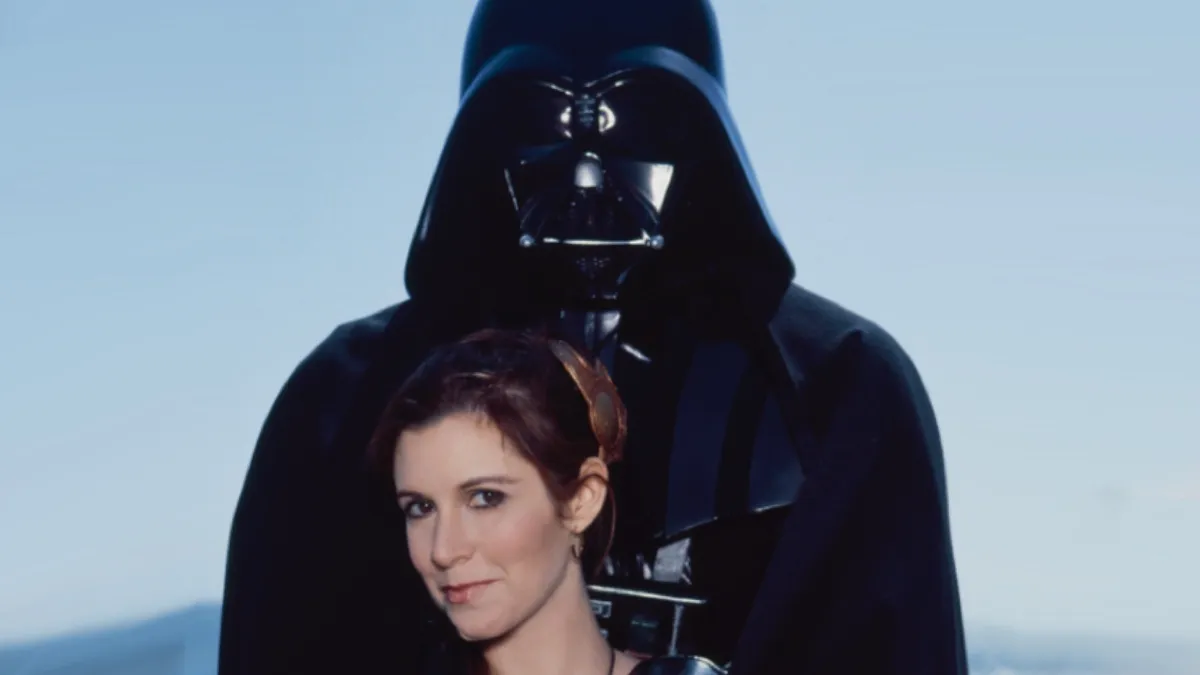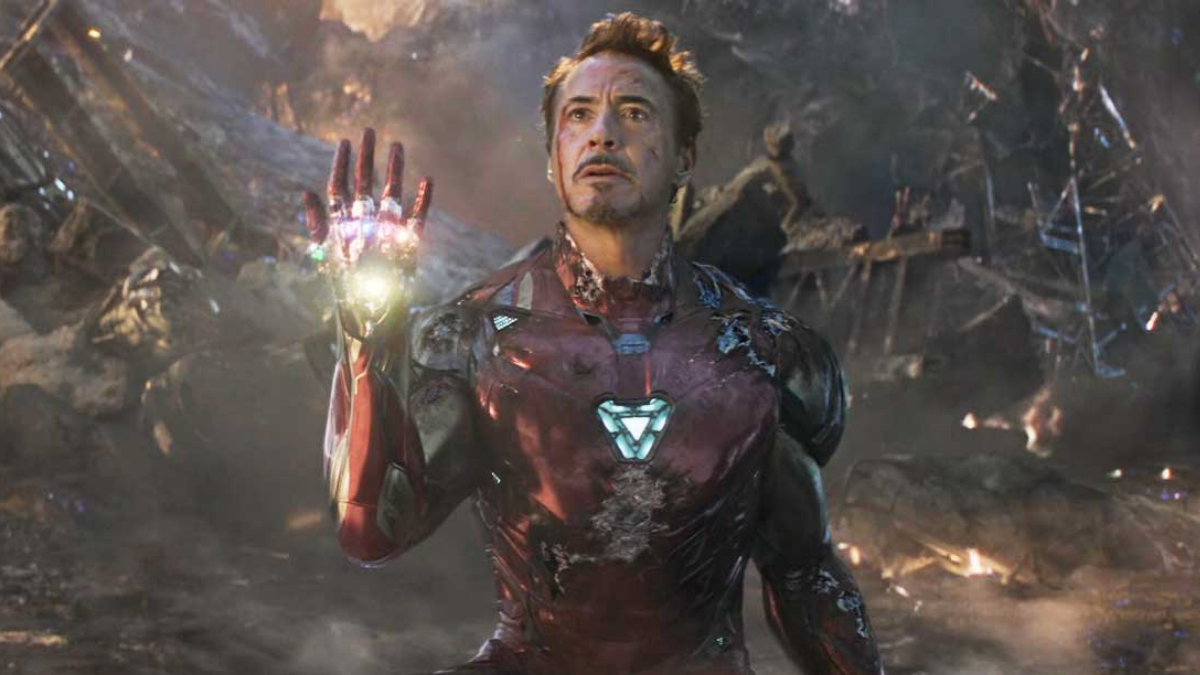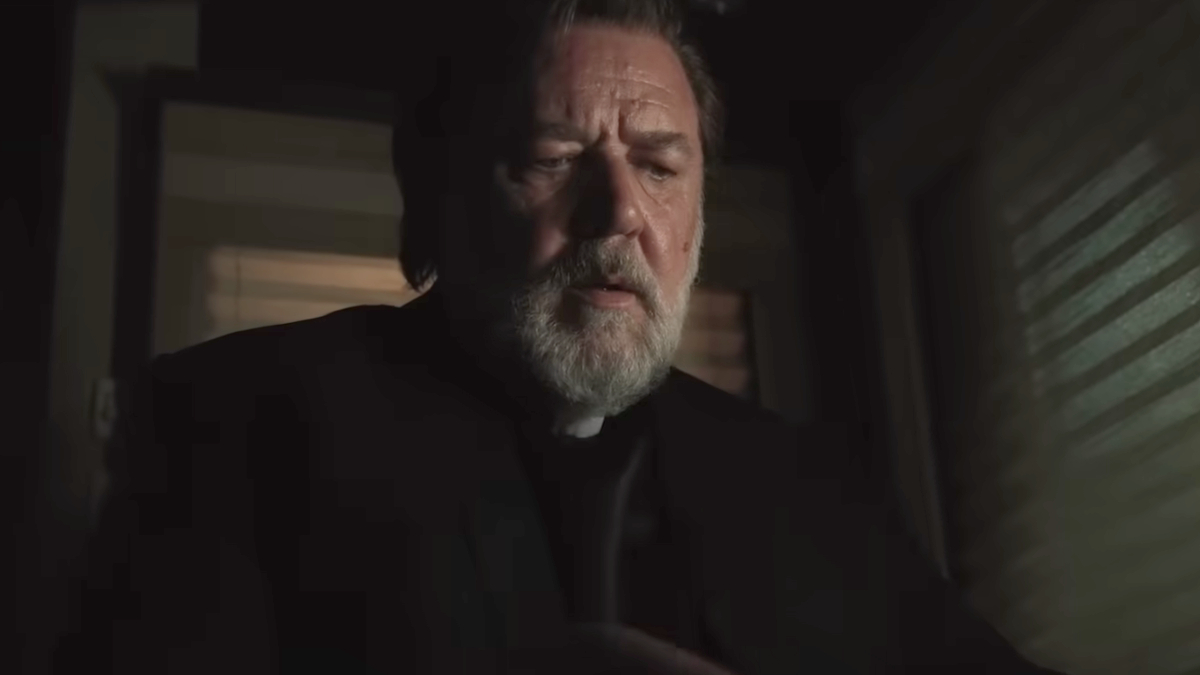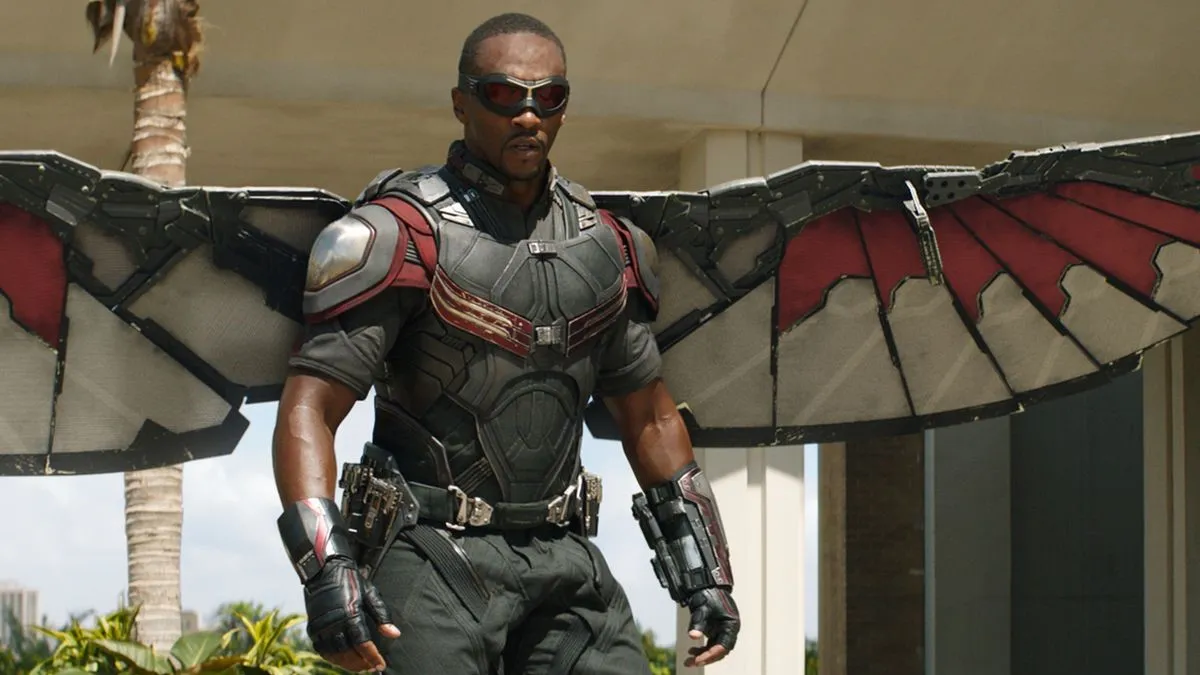Christopher Nolan’s Dunkirk is a bombastic force of cinematic warfare. See it in IMAX 70mm if you can. There’s nothing pretentious about watching a movie as the director intended, 75% of which was shot on IMAX film. Sprawling coastal shots are nothing but landscape porn given Nolan’s theatrical eye, and those top-down shots from cockpit perspectives? Worth the IMAX price hike alone (and this is coming from one stingy theatergoer).
Yet, this isn’t an “action-first” campaign by any stretch. Soldiers don’t hunker down and exchange fire. We’re taken back to a period in British history where 400,000 men found themselves stranded, with home a relative stone’s throw away. Winning meant surviving, and the only mission was to escape. Scared, shivering men sat on a beach waiting, while enemy aircrafts rained ammunition at will. Sound too simple to be a Nolan piece? Don’t worry, the filmmaker still has his experimental fun.
May, 1940. Germany has pushed allied forces to the beaches of Dunkirk where they await retreat. Boys like Tommy (Fionn Whitehead) and Alex (Harry Styles) hope cover holds long enough to catch a ride home. Naval destroyers pack their decks, but overhead bombers and underwater torpedoes prevent safe passage. Commander Bolton (Kenneth Branagh) watches as men are continually tipped into the water, swimming back for the same shores they abandoned. Pilots like Farrier (Tom Hardy) shoot German fighters from the sky, but fuel won’t last forever. It’s up to a fleet of commissioned civilian boats – like Mr. Dawson’s (Mark Rylance) schooner – to get these soldiers home safely.
Nolan opens on Dunkirk to establish stakes, takes flight so incoming support can be noted, then it’s into the water where Rylance’s rescue vessel sets sail. Parallel tasks are set in motion and the clock begins ticking down. A literal clock, mind you, since Hans Zimmer’s score taps a constant metronome that never stops. An instrument (most likely percussion) clicks with each passing second, softened by explosions but bellowing when noises cease. Always counting, whether the outcome be death or salvation. It’s enough to bring presence to Tommy’s agony, skittish and always on alert.
Palpable desperation shadows characters who’ll do anything to escape. Grab a stretcher and pose as medics. Hide under the dock where Bolton stands. Act as capsized survivors who’ve just left a sinking ship. Hide in an empty vessel washed up during high tide. Not exactly the heroism you’d expect? That’s because Nolan aims to show the side of war that bullet-heavy directors ignore. The human, very real side that gobbles up the weak, strong, and everyone in between. Between Whitehead, Styles and tag-along Aneurin Barnard, these boys grasp what little hope remains to avoid giving up altogether – whether it’s enough or not.

Herein lies the film’s “weakness” (relative). Dunkirk bursts into chaos once Whitehead makes a break for the beach, setting events in motion that never cease until credits roll. Dialogue is minimal, and most characters blur together (have fun trying to tell Whitehead/Styles apart). Investment is fleeting, and nonlinear storytelling sometimes jumbles the plotted timeline. That’s not déjà vu you’re feeling – scenes repeat as to tell the story from each perspective (land, air, sea). Only these camera flips aren’t always clear, which boggles attention while your brain enters rewind mode. Nolan’s spectacle is charred with ash and beaten by waves, but narratively, tone and depth “suffer” (again, relative).
With Tom Hardy’s steely eyes patrolling the clouds, it’s hard to ignore how heart-pounding skybound warfare becomes. As Hardy lines his sights, we tense up, knowing how precise each shot must be. German pilots screech towards allied vessels, with only Hardy in the way. His eyes squint, laser-focused and strained, squeezing off a wing-ripping blast that has officers cheering from the seas below. Production design battens down every nut and bolt, while dogfights (and Hardy’s glare) make you never want to leave the skies. Zimmer’s score is booming as you’re lost in the elated cheers and whirring engine motors. It’s Nolan at his best.
Dunkirk is a rousing victory for wartime dramatics, even if you’ll be playing “Where’s Waldo” to find Harry Styles, Fionn Whitehead and other carbon-copy grunts amidst hordes of helmeted replicants. It’s the notable veterans who hold steady in the face of certain defeat, dead set on getting every last enlisted man home. Hardy is easily recognizable. Kenneth Branagh earns a salute. Mark Rylance is a leader we’d all follow. They’re the heroes you seek, statuesque as the ground is littered with explosions from every direction. We’re there next to them, enveloped by the sound and fury of man-made destruction. With tighter scripting, this’d be a masterpiece. As is? Christopher Nolan has produced a damn-fine picture that goes against most of what his catalog has become renowned for in a good, streamlined way.






